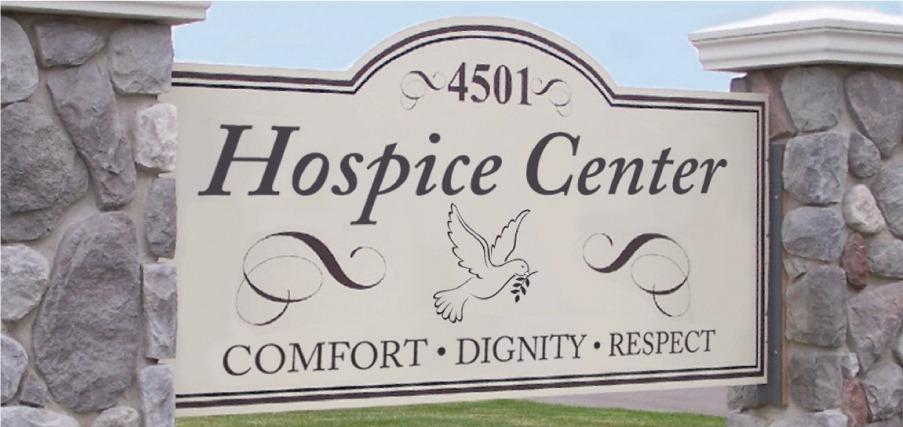
Am Fam Physician. 2012;86(11):1020
My adult daughter had been going back and forth to the doctor. She said her legs and arms hurt and she couldn't breathe. We took her from hospital to hospital, from doctor to doctor, but they could never find out what was wrong with her. Eventually, at one hospital, they did a CT scan and found out that she had a spot on her lung. The doctors said she had a lung cancer that is common in women, even nonsmokers, and operated immediately. They removed 99 percent of the cancer, but it was too late.

When she came home, I took care of her. I took her to her treatments. I knew she wasn't going to make it, even though I didn't want to accept it. I always looked for something that, through the chemo and the radiation, would give me hope—but a mother can feel when her child is not well, so I knew what we had to prepare for.
I wasn't surprised when they suggested taking her to hospice. At first, I really didn't want her to go. It wasn't because I thought they wouldn't treat her well, I just wanted to be the one taking care of my daughter. We couldn't administer the medicine that she needed at home, though. Mainly she wanted to know if hospice was all right. I told her yes, it was all right. They were very nice to her. It was a beautiful place, and she had great care. They did everything they could for her. I felt very comfortable that my daughter was in their hands. Six weeks after she got there, she passed away.—r.h.
COMMENTARY
I had known R.H. for several years before I heard the story of her daughter's passing. I was struck by how her initial resistance to hospice care transformed into an endorsement. Supporting a family through the decision to pursue hospice for a loved one can be fraught with unexpected misunderstandings. Culture, tradition, and religion can play a powerful, and sometimes unexpected, role in a family's conversation about dying.
